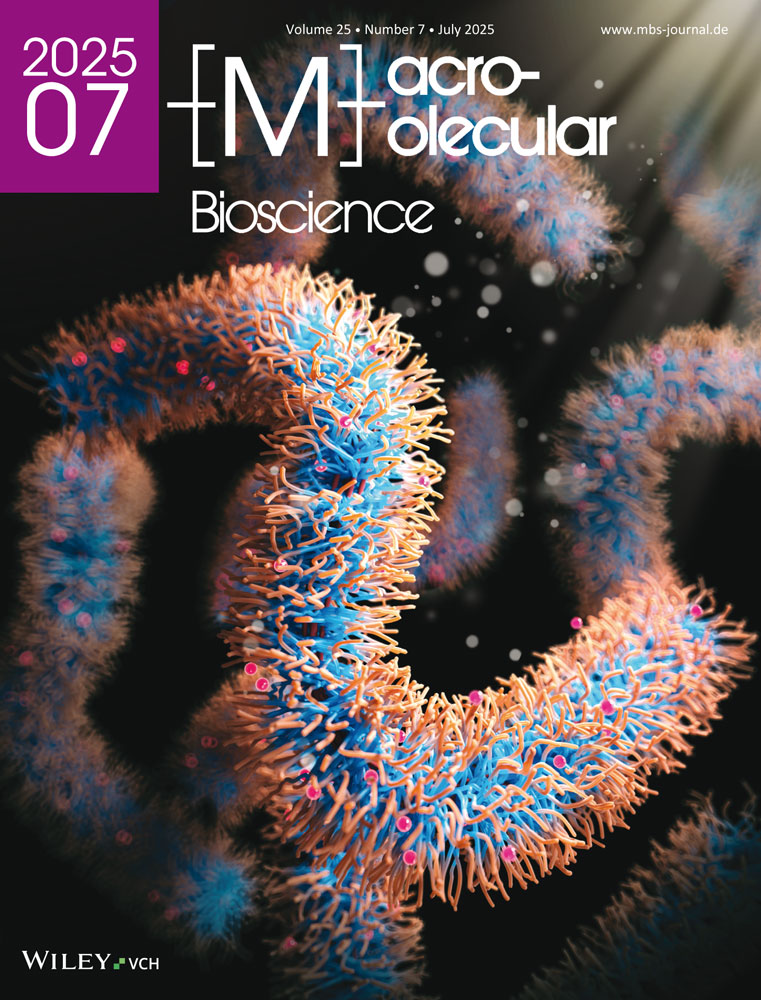Hybrid Poly(Methacrylic Acid-Co-Acrylamide)-Polythiophene Nanofibers for Salivary Diagnosis of Oral Squamous Cell Carcinoma
Abstract
Oral squamous cell carcinoma (OSCC) is a major health concern in high-risk regions globally, with rising mortality rates indicating the urgent need for early detection tools. This study presents an innovative point-of-care (POC) diagnostic tool using disposable microelectrodes to detect cholic acid, a crucial OSCC biomarker, in human saliva. By combining a poly(methacrylic acid-co-acrylamide) copolymer (CoP) with polythiophene (PTh) nanofibers as selective coatings for disposable, screen-printed carbon electrodes (SPCE), the developed CoP-PTh/SPCE sensors demonstrate exceptional performance. Using impedance spectroscopy and voltammetric techniques, the electrochemical oxidation of cholic acid in solution and saliva samples is investigated. The CoP-PTh/SPCE sensors exhibit an outstanding sensitivity of 1.05 µA cm−2 nm−1 (74.2 µA µm−1), a detection limit (LOD) of 0.240 nm, and a quantification limit (LOQ) of 0.727 nm, demonstrating their superior capabilities. Additionally, these sensors exhibit remarkable selectivity against structurally similar compounds such as cholesterol and various salivary analytes. The practical application of CoP-PTh/SPCE sensors is realized through a 97.67±1.08% recovery of spiked cholic acid concentrations in human saliva samples. This study highlights the potential of CoP-PTh/SPCE sensors for reliable, efficient, and non-invasive POC testing, offering a promising solution for the early diagnosis of poorly differentiated OSCC.
Conflict of Interest
The authors declare no conflict of interest.
Open Research
Data Availability Statement
The data that support the findings of this study are available from the corresponding author upon reasonable request.




